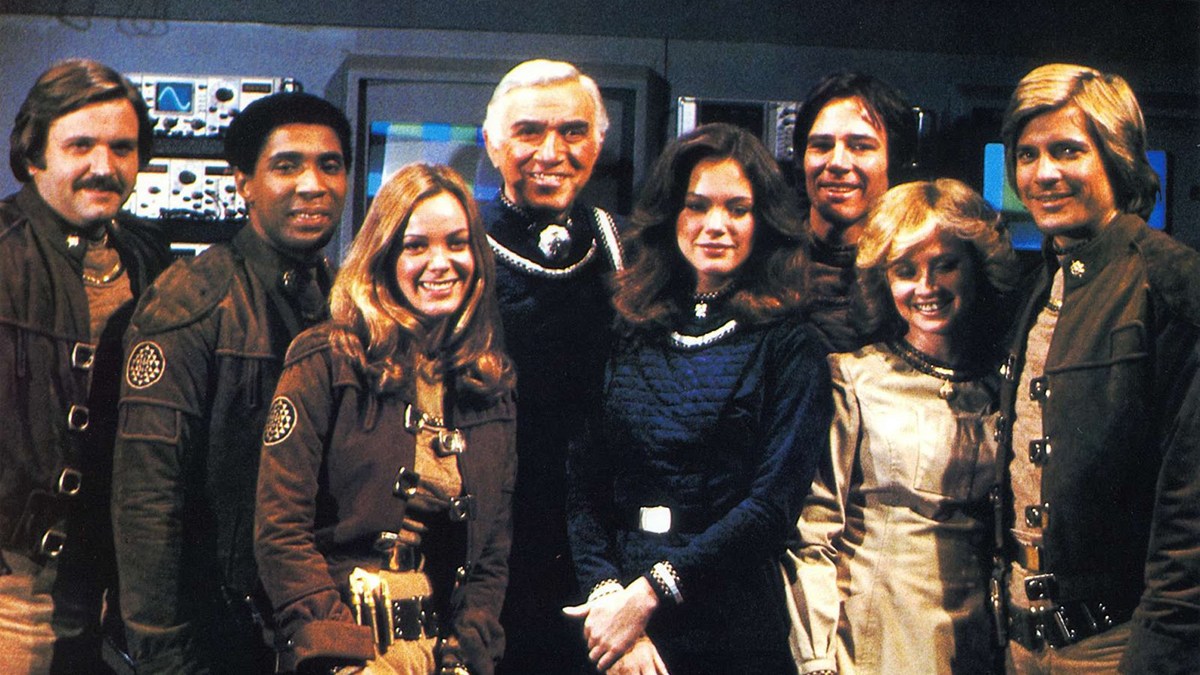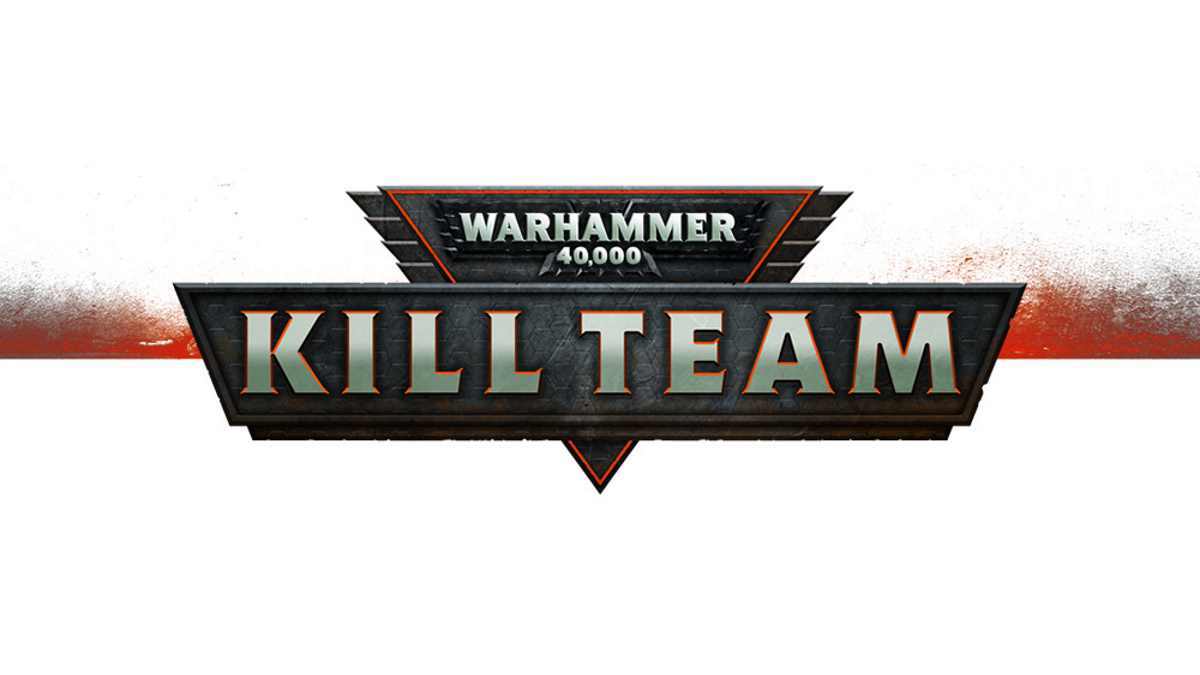Today’s stack: a few books I mentioned when I’d started reading them but haven’t gone back to write about now that I’ve finished. So, let’s pick these threads back up and tie them off properly, shall we?
The Leap Year Gene of Kit McKinley by Shelley Wood
I featured this one not too long ago—it’s about a girl, born on Leap Day in 1916, who seems to age at a quarter of the usual pace. Her story is told in roughly four sections, each one focusing on a different character: her adoptive father Ernest, her mother Lillian, her half-sister Helen, and then finally Kit herself. Because of her condition, her parents end up moving her around constantly, creating a new identity for her in each new place. It makes it hard for Kit to maintain relationships with anyone—and then that carries over to Helen as well. The relationship between the two sisters is particularly tricky as Helen physically catches up to and then passes Kit. Kit’s aging is hard to define: she’s the size of somebody a quarter of her age, but she has still lived the same number of years, so she has a lot of knowledge and experience. Still, she’s also not mentally the same as somebody her same age because her maturity level still seems to be tied to her physical development, too.
Because of her longevity, Kit grows up experiencing loss. Even for the few people who have been let in on her secret, she knows she will outlive them, and from her perspective everyone ages so quickly. When her body finally reaches adulthood, she faces some difficult decisions about who to tell, and whether she could possibly let herself have deeper relationships, knowing that they, too, will eventually be lost to age. And can she go public with her secret? She can’t live a “normal” lifestyle while changing her identity every few years, but she also fears what will happen to her if the truth gets out.
I really enjoyed this book—even though the premise itself is fantastical, Wood did a good job of making it feel believable, and dealing with a lot of the ramifications. Ultimately, the story is about the impact that this premise has on Kit’s relationships, and even the way that those in her life interact with each other: family dynamics, romantic relationships, sibling rivalry, and more.
The Cautious Traveller’s Guide to the Wastelands by Sarah Brooks
I mentioned this one way back in May, and then again in June when I’d finished it, but because it didn’t quite fit in any of the themed columns I’ve done, I never got around to writing more extensively about it. The Wastelands stretch across Siberia, and the only way across is the Trans-Siberian Express, a train running from Beijing to Moscow. The tracks were built using specially engineered trains so that workers wouldn’t be exposed, and the Wastelands themselves are surrounded by great walls. The landscape has been mysteriously changed, plants have been altered, strange creatures prowl. Nobody really understands what’s out there, so there are many procedures and rituals and superstitions surrounding the Trans-Siberian Express, intended to keep everyone safe.
It is 1899, and the train has been dormant for too long. Something happened on the last journey—a breach of some sort, but details are scant because nobody on the train has any memory of what happened. Aboard this train are several people, each with their own agendas. Marya Petrovna Markova is an assumed name for a young woman, posing as a widow, who is looking for evidence: her father made the glass for the windows, and was ruined after the last disastrous journey. Zhang Weiwei is the “child of the train”—her mother died during childbirth, halfway across the Wastelands, and so she has grown up on the train, learning its ins and outs, becoming something of a good luck charm for the train’s workers. Henry Grey is a disgraced naturalist: his theories have made him a laughingstock, but he’s sure that the proof is out there in the Wastelands, and the Great Exhibition in Moscow is his chance to redeem himself. There are many others—a Cartographer who is trying to learn the secrets of the Wastelands; the Captain of the train who seems to be a ghost of her former self; the Crows, two humorless men who serve as the eyes and ears of the Company; a mysterious young woman who shouldn’t be on the train at all.
The Wastelands have a strangeness to them that is often described obliquely. People who spend too much time staring out the windows of the train sometimes lose themselves. The descriptions reminded me a little of The Gone-Away World by Nick Harkaway—though, admittedly, it’s been over a decade since I read it so I don’t know if it’s really a fair comparison. It just gave me similar vibes: a sense of unease, somewhat sinister, perhaps more unsettling because of its vagueness. This is another one that I really enjoyed, mostly for the way that it built up the world of the Wastelands, the structure and culture of the train (especially those who work on the train), the powerful Company and the way it handled any challenge to its authority.
Dictionary of Fine Distinctions by Eli Burnstein
If you’ve ever wondered what the difference is between accuracy and precision, or strategy and tactics, or you want to figure out whether your relative is a first cousin once removed or a second cousin, then this book is for you. Subtitled Nuances, Niceties, and Subtle Shades of Meaning, the book has short and sweet entries on so many different pairs (or trios or more) of words that are often used interchangeably, explaining how the words are defined but also sometimes providing some connotations. Sometimes, the words are interchangeable, but they might just give different vibes.
A few of the entries dig into word origins a little more: for instance, “Dinner vs. Supper” explains what the terms originally meant, and how things shifted due to how the industrial revolution affected mealtimes compared to places that were still largely agricultural. Some entries have “advanced distinction” sections that get a little more into the weeds about a particular term. The entries are accompanied by little illustrations by Liana Finck that are simple yet effective.
This one is definitely for the grammar nerds out there. Or should I say “geeks”? Alas, that’s one distinction that isn’t covered in this book—maybe in the next edition.
My Current Stack
Still working my way through some AI-related books. Some of the fiction books have incorporated AI a little more realistically than others, which was to be expected. I haven’t delved into the non-fiction book yet, but that may be a good one to close out with.
Disclosure: I received review copies of these books. Affiliate links to Bookshop.org help support my writing and independent booksellers!








